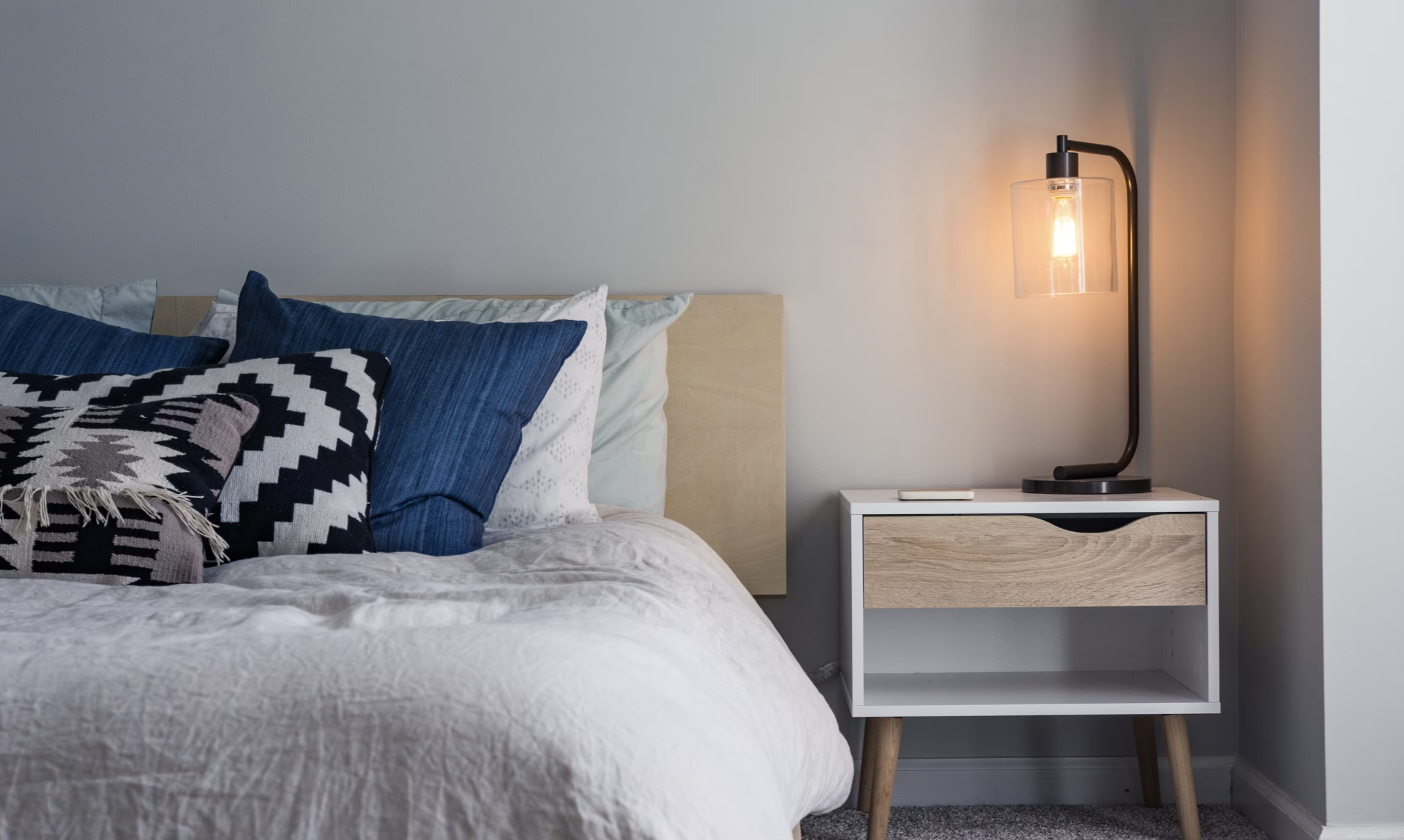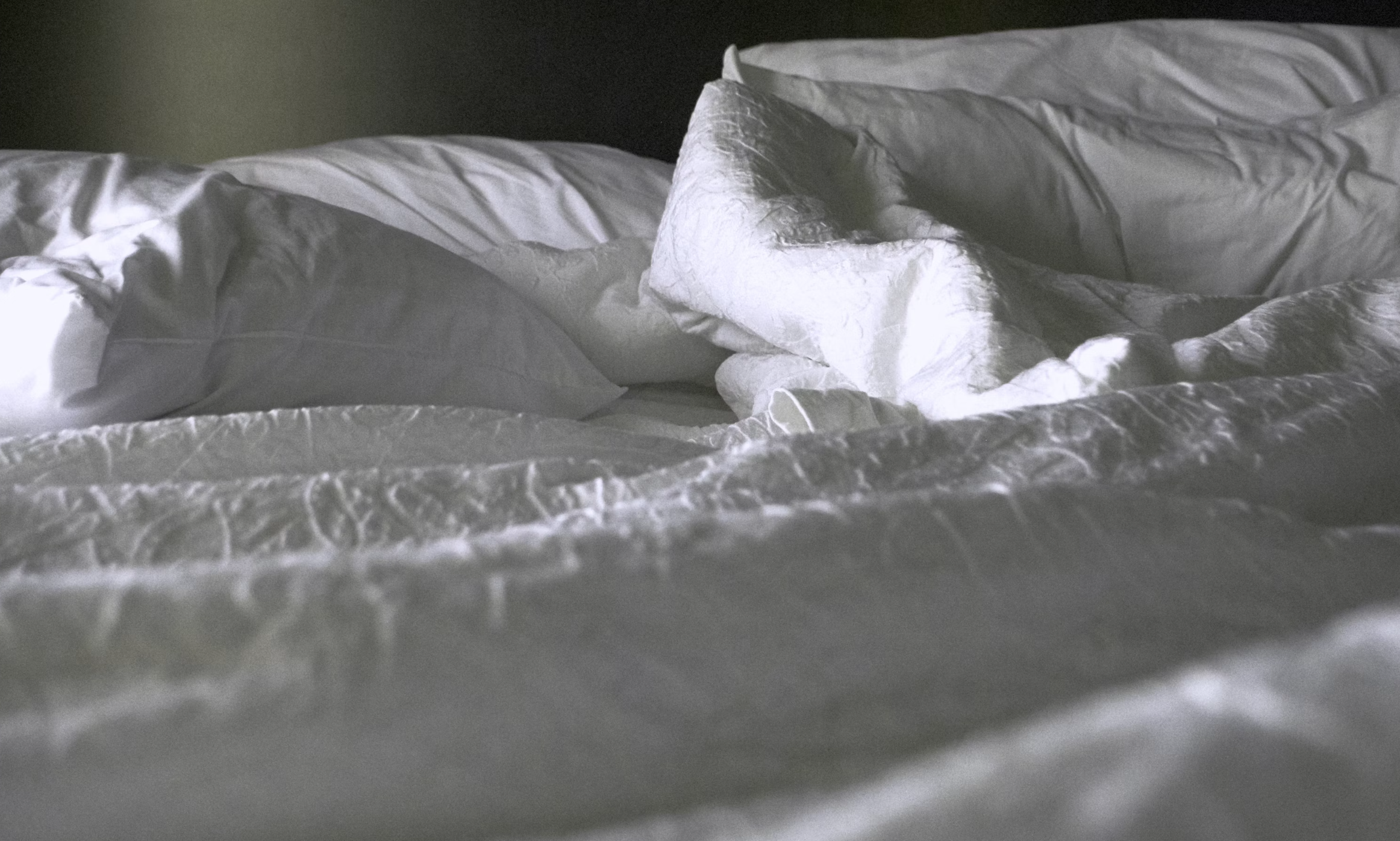Types of Bed Sheets: A Guide to Materials, Weaves, & Finishes
When it comes to creating a comfortable and inviting bedroom, the right type of bed sheets play a crucial role. Not only do they affect your comfort level during sleep, but they also influence the overall aesthetic of your bedroom.
With various materials, weaves, and finishes available, choosing the perfect bed sheets can be overwhelming. This comprehensive guide will break down the most popular types of bed sheet materials, their unique qualities, and the weaves and finishes that enhance your sleeping experience.
1. Popular Bed Sheet Materials and Their Unique Qualities
Cotton
Cotton is the most common material used in bed sheets, valued for its softness and breathability. There are several types of cotton, each offering unique qualities:
Egyptian Cotton: Renowned for its long fibers, egyptian cotton is softer, stronger, and more durable than standard cotton. It tends to have a luxurious feel and is often used in high-end sheets. The production of Egyptian cotton is specific to the Nile River Valley, where the climate and soil contribute to its exceptional quality.
Pima Cotton: Similar to Egyptian cotton, pima cotton features long, silky fibers that resist fraying and fading. It's known for its vibrant colors and soft texture. Often labeled as "Supima," which stands for "Superior Pima," this cotton is primarily grown in the U.S. and is highly regarded for its quality.
Organic Cotton: Grown without synthetic fertilizers or pesticides, organic cotton is a great choice for eco-conscious consumers. One popular option of organic cotton sheets is organic cotton percale sheets because it’s soft, breathable, and hypoallergenic, making it suitable for those with sensitive skin. Organic cotton production focuses on sustainability, promoting healthier soil and ecosystems.
Care Instructions for Cotton Sheets
Cotton sheets are generally easy to care for. They can be machine washed in cold water and tumble dried on low heat. To maintain their softness, consider using a fabric softener, but avoid using bleach as it can weaken the fibers over time.
Linen
Linen sheets are made from the fibers of the flax plant, offering a unique texture and unparalleled breathability. A popular type of linen sheet is french linen sheets.
Qualities: Linen is known for its natural ability to wick moisture, making it an excellent choice for warm climates. It is hypoallergenic and becomes softer with each wash. The relaxed, slightly textured feel of linen sheets adds a touch of elegance to any bedroom.
Durability: One of the most durable fabrics available, linen can last for decades if cared for properly. Its fibers become stronger when wet, making it less likely to tear compared to cotton.
Care Instructions for Linen Sheets
Linen sheets can be machine-washed on a gentle cycle and should be air-dried or tumble dried on low heat. Avoid fabric softeners as they can leave a residue. For best results, wash them separately from other fabrics to prevent pilling.
Silk
Silk sheets are the epitome of luxury. Made from silkworm cocoons, they provide a sumptuous feel against the skin.
Qualities: Silk is naturally hypoallergenic, which makes it ideal for sensitive skin. It’s also temperature-regulating, helping you stay warm in the winter and cool in the summer.
Benefits: Silk can also help reduce hair frizz and skin irritation, making it a popular choice for those who value skincare. However, silk requires more delicate care compared to other fabrics.
Care Instructions for Silk Sheets
Silk bedding should ideally be hand washed or washed on a gentle cycle using cold water. Avoid harsh detergents and opt for a mild, silk-friendly detergent. Hang to dry away from direct sunlight, as prolonged exposure can fade the color.
TENCEL (Lyocell)
TENCEL is a brand name for lyocell, a sustainable fabric made from the pulp of eucalyptus trees.
Qualities: TENCEL Lyocell Sheets sheets are incredibly soft, breathable, and moisture-wicking, making them ideal for hot sleepers. The production process is eco-friendly, as it uses a closed-loop system to minimize waste.
Comfort: This material has a silky feel and drapes beautifully, providing a comfortable sleeping experience. TENCEL's unique structure allows it to absorb moisture better than cotton, keeping you dry throughout the night.
Care Instructions for TENCEL Sheets
TENCEL sheets can be machine washed on a gentle cycle with cold water. They should be tumble dried on low heat, and avoid using bleach as it can damage the fibers.
Bamboo
Bamboo sheets are gaining popularity due to their eco-friendliness and comfort.
Qualities: Bamboo is naturally antibacterial and moisture-wicking, making it an excellent choice for those with allergies or sensitive skin. It has a soft, silky texture similar to that of TENCEL.
Sustainability: Bamboo is a fast-growing plant that requires minimal water and no pesticides, making it a highly sustainable choice for eco-conscious consumers.
Care Instructions for Bamboo Sheets
Bamboo sheets should be washed in cold water on a gentle cycle and air-dried or tumble dried on low heat. Avoid using bleach and opt for a mild detergent to maintain their softness.
2. Types of Weaves and Their Effects on Texture and Durability
The weave of your bed sheets significantly affects their texture and durability. Here are the most common types of weaves:
Percale Weave
Percale is a classic weave characterized by a tight, grid-like pattern.
Characteristics: Percale Bedding sheets have a crisp, matte finish and feel cool against the skin, making them perfect for hot sleepers. They are known for their durability and can withstand frequent washing.
Texture: The tightly woven fibers give percale sheets a structured feel, ideal for those who prefer a clean, crisp bed.
Ideal for: Those who prefer a light, breathable feel.
Sateen Weave
Sateen features a unique weave that gives it a silky, smooth texture.
Characteristics: Sateen Bedding Sheets have a lustrous finish and are warmer than percale, making them a cozy choice for cooler months. However, they may not be as durable as percale sheets and are more prone to snags.
Feel: The satin-like surface of sateen sheets provides a luxurious feel, making them popular in high-end bedding.
Ideal for: Individuals looking for a luxurious, soft feel.
Twill Weave
Twill weave features a diagonal pattern that provides extra strength and durability.
Characteristics: Twill sheets tend to be thicker and are often more resistant to wrinkles and stains. The diagonal pattern also gives the fabric a unique texture.
Ideal for: Those seeking a heavy, durable option that will stand the test of time.
Jersey Weave
Jersey is a knit fabric that is often associated with T-shirts.
Characteristics: Jersey sheets are stretchy and soft, offering a cozy feel similar to your favorite T-shirt. They are breathable and great for casual bedding.
Ideal for: Individuals looking for a comfortable, relaxed bedding option.
3. Different Finishes and Their Benefits
Finishes can enhance the quality and feel of your bed sheets. Here are some popular finishes:
Organic
Organic bed sheets are made from materials grown without harmful chemicals.
Benefits: Choosing Organic Sateen Sheets helps reduce your environmental impact and can be gentler on your skin. They are often softer and more breathable, making them a healthy option for your bedroom.
Brushed Finish
Brushed finishes add an extra layer of softness to sheets.
Benefits: This finish creates a cozy, plush feel, perfect for snuggling in during colder months. Brushed sheets often maintain their softness even after washing.
Washed Linen Finish
Washed linen sheets undergo a special process that softens the fabric.
Benefits: This finish gives linen sheets a relaxed, lived-in feel while enhancing their natural breathability. Washed Linen Duvet Sets are perfect for those who appreciate a more casual aesthetic.
Wrinkle-Resistant Finish
Wrinkle-resistant treatments help keep your sheets looking crisp and fresh.
Benefits: Ideal for those who dislike ironing, wrinkle-resistant sheets maintain their appearance and can save you time in the laundry room.
4. Choosing the Best Bed Sheet Set for Your Preferences
When selecting bed sheets, consider your climate, skin sensitivity, and personal preferences. Here are some tips:
For Hot Sleepers: Opt for breathable materials like cotton or linen. Percale weave can also enhance airflow.
For Sensitive Skin: Choose hypoallergenic options like silk or bamboo. Organic sheets can also be gentler on the skin.
For Cold Weather: Consider warmer fabrics like sateen or brushed finishes that provide extra coziness.
For Eco-Conscious Consumers: Look for organic or sustainable materials, such as TENCEL or bamboo.
5. Caring for Your Bed Sheets
Proper care can extend the lifespan of your bed sheets. Here are some general care tips:
Washing: Wash your sheets separately in cold or warm water, depending on the material. Avoid using bleach, which can damage fibers.
Drying: Tumble dry on low heat or air dry to prevent shrinking and maintain quality.
Storage: Store your sheets in a cool, dry place to prevent moisture buildup and mildew.
6. Debunking Common Misconceptions About Bed Sheets
There are several myths surrounding bed sheets that can lead to confusion. Here are a few to consider:
Higher Thread Count Equals Better Quality: While thread count can indicate quality, it’s not the only factor. The type of material and weave also significantly impact comfort and durability.
All Cotton Sheets Are the Same: Different cotton varieties (Egyptian, Pima, organic) offer varying qualities and benefits.
Silk Sheets Are Not Practical: While silk requires more care, its hypoallergenic properties and luxurious feel can make it worth the effort for many.
7. Current Trends in Bedding
Bedding trends are constantly evolving. Here are some of the latest styles to consider:
Earthy Tones: Natural colors such as beige, terracotta, and sage are popular for creating a calming bedroom atmosphere.
Layering Textures: Mixing different materials (e.g., combining cotton sheets with a linen duvet cover) can create a cozy, inviting look.
Sustainable Choices: Eco-friendly bedding options are gaining traction as more consumers seek sustainable products.
Final Words
Choosing the right bed sheets is essential for a good night’s sleep and a beautifully styled bedroom. With various materials, weaves, and finishes available, understanding their unique qualities will help you make an informed decision. Remember to consider your preferences, climate, and personal style when selecting your bedding.
For a luxurious selection of bed linens, explore the collection at Selene Dreams. Whether you prefer the softness of Egyptian cotton sheets or the breathability of linen, there’s something for everyone.





